Iranian saffron and Indian saffron countries are saffron producers. which is often referred to as Kashmiri saffron, differ fundamentally in several key areas, such as origin, production methods, processing techniques, and resulting chemical composition. These factors contribute to variations in appearance, aroma, flavor, and coloring strength, which in turn influence their market positioning. Understanding the distinction between iranian saffron and kashmiri saffron is crucial for assessing quality and authenticity.
Origin and Growing Conditions: The majority of Iranian saffron is cultivated in dry regions. These areas are well-suited for Crocus sativus production, with particular attention to the soil and climate, which have been optimized over time to enhance quality. In contrast, the primary source of saffron in India, known as Kashmiri saffron, comes from Pampore in the Jammu and Kashmir region. The mountainous terrain and specific climatic conditions unique to this area give Kashmiri saffron its characteristic profile.
Processing Methods: There are variations in traditional processing methods, especially in the drying process. The time taken to dry the saffron stigmas, which involves either air-drying or using industrial dryers, significantly influences the physical appearance and chemical composition of the final product. These differences in methodology between iranian vs kashmiri saffron deeply impact their quality and sensory attributes.
Characteristics of Iranian Saffron
Iranian saffron is the industry standard by which all other saffron is judged. This is in large part due to the country’s history as the largest saffron producing nation in the world. It has unique attributes directly resulting from cultivation and processing techniques.
In appearance, Iranian saffron threads are usually long, thin, and evenly dark red in color. The controlled drying results in a product with intact threads that have a consistent appearance. The aroma is typically described as strong, earthy, and slightly sweet. The flavor tends to be well balanced between bitterness (picrocrocin) and sweetness, creating a complex flavor that lingers after consumption. Coloring strength, which is directly due to crocin, is generally high, and often exceeds the criteria for ISO Category I, the highest quality standard, thus being the highest quality Iranian saffron.
Iranian Saffron Production
Iranian saffron cultivation is deeply rooted in centuries-old agricultural traditions. The production of this prized spice is geographically concentrated in the Khorasan region of Iran, where generations of farmers have honed their cultivation techniques. Traditional and labor-intensive methods are the backbone of saffron cultivation in this region. The planting of saffron corms in well-drained, sandy soil is followed by the hand-picking of flowers during the short autumn harvest period. Harvesting typically takes place from late October to early November, when the flowers are at their peak. The stigmas are delicately separated from the flowers and carefully dried using traditional sun-drying methods or modern dehydrators to retain their chemical compounds. Quality, rather than mechanization, is the driving force behind Iran’s saffron industry’s globally recognized reputatio
Types of Iranian Saffron
Iranian saffron is categorized into several grades based on the extent of the red stigma versus the yellow style component. These grades reflect varying levels of purity and potency, crucial when comparing Iranian saffron vs Kashmiri saffron:
read more: Types of Iranian Saffron
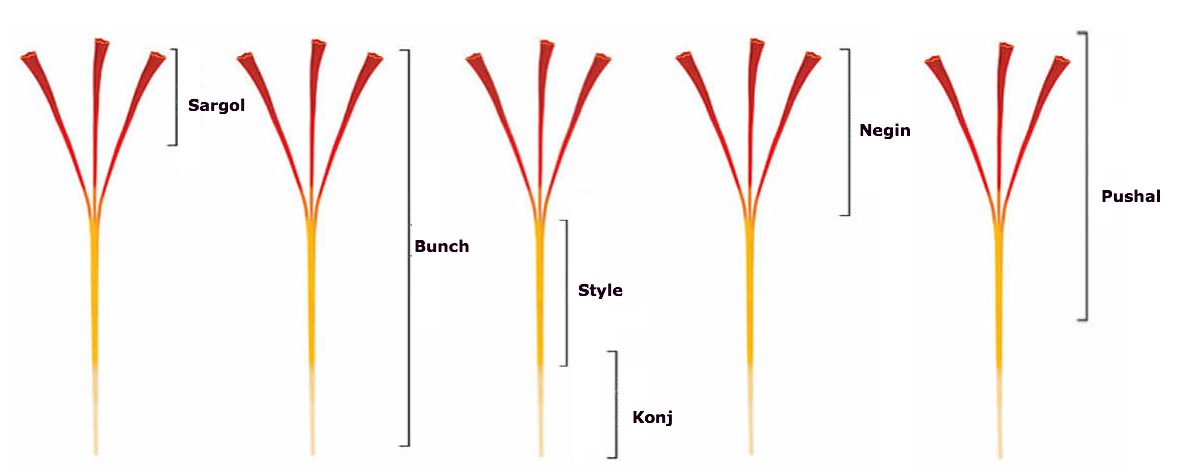
Sargol Saffron
Sargol saffron is the most refined, high-concentration part of the saffron flower, produced exclusively from the bright red tip of the stigma. As the stigma contains the highest concentration of coloring and aromatic compounds, this type of saffron is extremely potent. It also contains none of the yellow/orange parts of the flower. The threads are shorter and more delicate, but because it is more concentrated, a smaller quantity is needed when cooking, so it is ideal for those who like strong flavor and color in small amounts.
Pushal Saffron
Pushal saffron is a less refined type that contains the red stigmas as well as a short piece of the yellow style (typically 1–3 millimeters in length). This gives the saffron threads a two-tone appearance. As the yellow part of the style contains less coloring power than the stigma, this type of saffron is not quite as strong as Sargol. However, it is still considered high quality, with a good aroma. Pushal saffron is often preferred by buyers because the yellow style attached to the tip of the stigma provides visual confirmation that the product is real saffron, and not colored threads of another substance.
Negin Saffron
Negin saffron is another high-grade type of saffron, which is prized for its beauty, purity, and potency. It is composed of long, thick, all-red threads that have been carefully trimmed to remove the yellow/orange portion of the style, without breaking the individual strands of stigma. As a result, it has a beautiful appearance and strong coloring power. The grade falls between Sargol and Pushal in terms of aroma and strength, as it is slightly less pure than Sargol. However, its visual appeal is more similar to Pushal saffron, which makes it a popular choice for high-end culinary or export products.
read more: What is Negin Saffron?
Super Negin Saffron
Super Negin saffron is the highest quality saffron available. It is composed of the longest, thickest, most vibrant all-red saffron threads, which are uniform in shape and color. Super Negin also contains the highest levels of crocin, the pigment that gives saffron its intense red color and aroma. This makes it extremely rare and expensive, and is usually reserved for gourmet chefs and saffron connoisseurs who demand the absolute best quality.
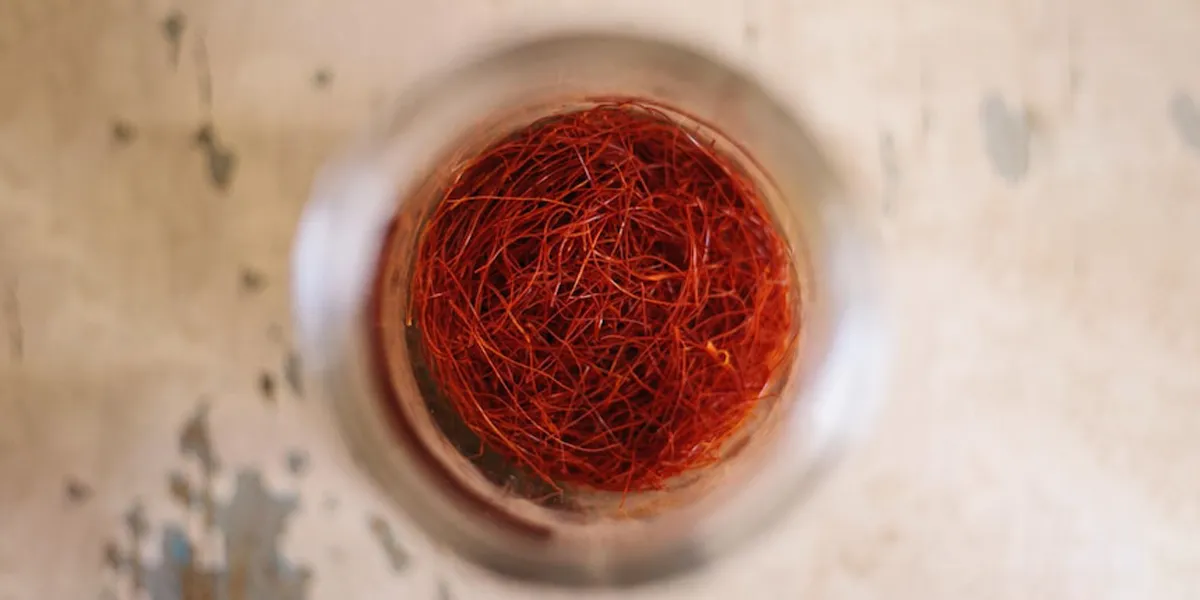
Characteristics of Indian Saffron
Indian saffron is often called Kashmiri saffron. It has a different sensory profile, which it typically possesses. The limited land area that it is cultivated in generally accounts for its being a rare and valuable expensive spice in the world market.
Appearance and aroma: The individual Kashmiri saffron threads tend to be much thicker, longer and are deeper in color, of a maroon-red hue, than most Iranian saffron. The threads are often slightly flattened as well. The aroma is very pungent and distinct with notes that are often described as rich, floral and slightly sweet. Flavor and color: The flavor is intense and often much more so than Iranian saffron, with a stronger earthy bitterness that is desirable for certain culinary preparations. The coloring strength is quite high. The chemical profile is often very similar to Iranian saffron, but with some variations due to terroir and traditional drying techniques. The differences between Iranian vs Kashmiri saffron are often obvious at a glance and by smell.
Indian Saffron Production
Types of Indian Saffron
Indian saffron, specifically Kashmiri saffron, is typically classified into distinct grades, which reflect purity and physical form:
Mongra Saffron
Mongra saffron is the highest, purest, and most expensive grade of Kashmiri saffron. It contains only the deep red-colored stigmas of the saffron crocus — which hold all of the color and aroma — fully separated from the yellow style portion of the saffron flower. As a result, Mongra threads are thick, dark red, and more fragrant, with the strongest coloring and flavoring characteristics. This makes Mongra saffron on par with some of the finest Iranian varieties like Negin or Super Negin saffron. Mongra is the most preferred grade by chefs and buyers seeking the highest quality, potency, and strongest aroma for cooking or medicinal purposes.
Lacha Saffron
Lacha saffron is the second most significant and important grade of Kashmiri saffron, slightly inferior in purity to Mongra saffron. It still contains the red stigma of the saffron flower, but the stigmas may have the yellow or orange style portions of the saffron flower still attached. As a result, the color and aroma of Lacha saffron is less concentrated and not as potent as the Mongra grade, but it still has a lovely natural fragrance and vivid color. Lacha saffron is frequently used for cooking and sweet dishes where the purest quality isn’t as necessary, but authenticity is still desired. It is also very similar in quality and appearance to Pushal saffron from Iran, making it a very good and more affordable substitute for Mongra saffron.
Growing Regions of Iranian Saffron and Indian Saffron
| Region | Location | Climate | Soil | Altitude | Unique Characteristics |
|---|---|---|---|---|---|
| Iranian Saffron | Khorasan Razavi & South Khorasan | Hot, dry summers and cold winters; spring bloom | Sandy loam, well-draining soil | Moderate (1,000-2,000 meters) | Consistent color, aroma, and pungency due to traditional irrigation practices. |
| Indian (Kashmiri) Saffron | Pampore, Jammu & Kashmir | Cool, temperate climate with brisk winters, mild summers | Karewa soil, rich, well-draining sediment | High altitude (1,600-2,000 meters) | Darker red color and stronger aroma due to unique microclimate and limited growing area. |
Growing Regions of Iranian Saffron
The vast majority of Iranian saffron grown in the northeastern provinces of Khorasan Razavi and South Khorasan. These two regions share similar environmental factors that are perfect for growing Crocus sativus bulbs, including a cycle of hot, dry summers, cold winters, and a spring bloom that results from the plants’ cool dormancy. The land itself is primarily sandy loam soil that drains well but also retains enough moisture to ensure a healthy root system and red stigma production. The expanses of flat, open plains that make up much of the province have also allowed generations of farmers to develop traditional irrigation practices, such as qanat channels and seasonal flooding, to allow for a consistent and moderate water supply for the bulbs. These environmental features, combined with traditional cultivation methods, create a saffron harvest known worldwide for its reliable consistency in color, aroma, and pungency.
Growing Regions of Indian Saffron
Kashmiri saffron, or what is sometimes called Indian saffron, is almost exclusively cultivated in one region of Jammu and Kashmir: Pampore. This part of the Pulwama district is situated at high altitude in the Kashmir Valley and has a cool, temperate climate with brisk winters, mild summers, and a spring bloom that follows a period of cool dormancy. Pampore and the Kashmir Valley are also home to Karewa soil, a rich layer of well-draining sediment that is perfect for the saffron bulbs, as it provides them with nutrients while still retaining moisture from seasonal rains. The valley, however, is also very particular about which environmental factors it deems suitable for saffron production. Only a very small belt of land in Pampore is both high enough in altitude and contains the necessary Karewa sediment, which means that Kashmiri saffron is produced in relatively small quantities. This, along with the valley’s unique microclimate, gives the threads a darker red color and a more powerful aroma.
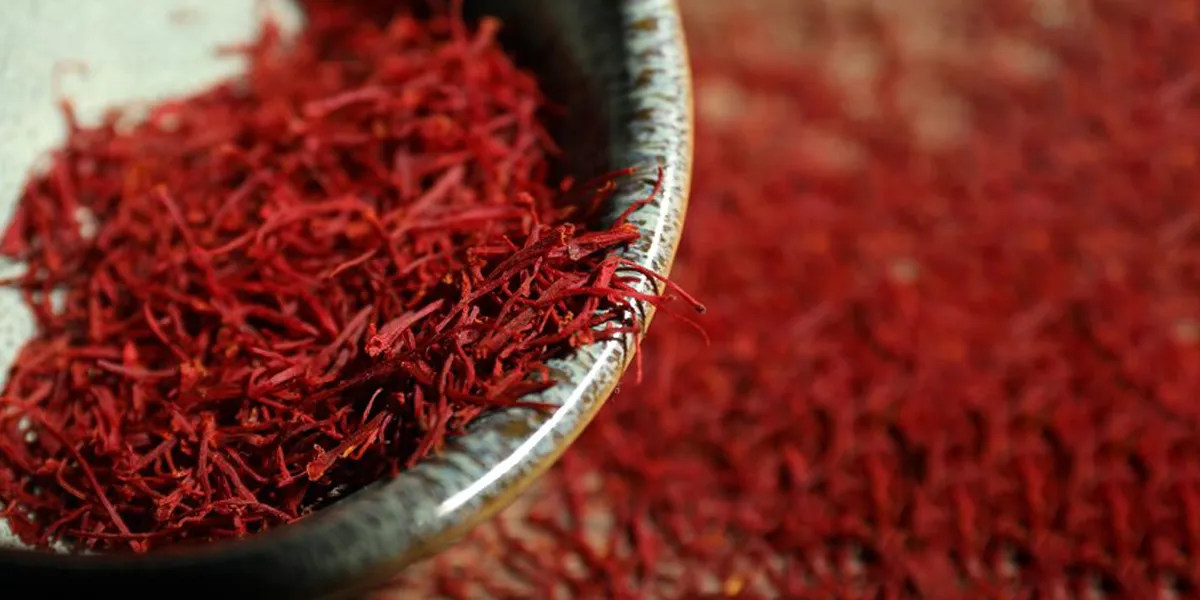
Flavor and Aroma Iranian Saffron vs Indian Saffron
| Aspect | Iranian Saffron | Indian (Kashmiri) Saffron |
|---|---|---|
| Aroma | Strong, earthy, subtly metallic, sweet (honey or hay) | Pronounced, floral, intensely sweet, exotic |
| Flavor | Well-balanced, mildly bitter, earthy, versatile | Stronger, more bitter, robust, deep flavor |
| Best for | Versatile, complements various cuisines without overpowering | Strong presence in traditional Indian and Mughlai dishes |
| Intensity | Mild to moderate | Intense and exotic |
Iranian Saffron:
Aroma: Generally, Iranian saffron is known for its strong, earthy, subtly metallic, and sweet aroma, often compared to honey or hay. It has a high safranal content, resulting in a powerful and long-lasting fragrance that can infuse dishes with its aroma effectively.
Flavor: Iranian saffron is usually well-balanced, mildly bitter, and earthy, which makes it versatile and capable of complementing a wide range of cuisines without overpowering other flavors.
Indian Saffron (Kashmiri):
Aroma: Indian saffron, particularly kashmiri saffron, often has a more pronounced and heady aroma with rich, intensely floral, and subtly sweet notes. Some people might find it more intense and exotic compared to Iranian varieties. This distinct bouquet is a characteristic feature of kashmiri saffron.
Flavor: Kashmiri saffron typically has a more potent, often stronger, bitter, and earthy flavor. It is frequently described as robust and deep. This intense flavor is particularly appreciated in traditional Indian and Mughlai dishes, where a strong saffron presence is often desired.
The preference between the two can be a matter of specific culinary use and desired aromatic complexity, as it comes down to iran vs kashmiri saffron based on sensory preference.
Colouring strength
Colouring strength is one of the most desirable quality parameters of saffron, and both Iranian and Indian saffron is exceptional in this regard.
| Aspect | Iranian Saffron | Indian (Kashmiri) Saffron |
|---|---|---|
| Crocin Levels | High and consistent, typically above 250 units (ISO Category I) | High crocin levels, aligns with ISO Category I standards |
| Color | Strong, long-lasting golden-yellow | Deep, slightly redder-gold hue |
| Color Intensity | Powerful visual impact, ideal for recipes requiring vibrant color | Intense color with subtle nuances in shade |
| Best for | Recipes requiring bright, golden-yellow color | Dishes needing a deeper, richer gold color |
Iranian saffron, especially high-grade Negin and Super Negin, is renowned for its high and consistent crocin levels, usually offering a spectrophotometric reading for colour strength well above 250 units (ISO Category I). It provides a strong, long-lasting golden-yellow color, making it highly efficient for recipes where visual impact is important. It is one of the reasons Iranian saffron is so widely revered.
Kashmiri Mongra saffron also demonstrates strong colouring strength, often aligning with ISO Category I standards. Its crocin levels are very high, but it might sometimes display a subtly different shade or intensity of color compared to Iranian saffron, sometimes perceived as a deeper, slightly redder-gold hue, which is a testament to its unique chemical composition. Both can impart a powerful color, with the differences often being more about subtle nuance than outright superiority, especially in the case of Kashmiri saffron vs Iranian saffron.
Iranian Saffron Price In India & Iranian Kesar Price In India:
| Aspect | Iranian Saffron | Indian (Kashmiri) Saffron (Kesar) |
|---|---|---|
| Production Scale | Larger scale, benefits from economies of scale. | Limited production area, higher cost due to scarcity. |
| Price Fluctuation | Varies by grade (Sargol, Negin, Super Negin); affected by global supply, demand, sanctions, and exchange rates. | Influenced by low production volume and high domestic demand. |
| Bulk Purchase | More cost-effective in bulk purchases. | Typically more expensive even in bulk due to scarcity. |
| Market Perception | Competitive pricing, especially in larger quantities. | Considered a luxury, commanding higher prices in India and niche markets. |
Both Iranian and Indian saffron rank among the world’s costliest spices. Factors like labour-intensive production, limited availability, and certified quality drive up their prices. However, there are general trends and influences on their relative costs.
Iranian Saffron Price:
1. Iranian saffron is often highly competitive due to Iran’s significant production scale. It benefits from economies of scale compared to smaller producers.
2. The Iranian saffron price fluctuates based on grade (Sargol, Negin, Super Negin), with Super Negin often being the priciest.
3. The Iranian saffron price also depends on global supply and demand, international sanctions, and currency exchange rates. The bulk saffron price for Iranian varieties is more advantageous for those purchasing in larger quantities.
Indian Saffron (Kashmiri) Price:
1. Kashmiri saffron is sometimes considered costlier than Iranian. This is primarily because of its extremely low production volume and the limited geographical area available for saffron cultivation in Kashmir.
2. Its scarcity and deep cultural significance within India add to the premium. Kashmiri saffron is perceived as a luxury within the Indian subcontinent, which affects the price of Iranian kesar in India and the price of Iranian saffron relative to native saffron.
3. The local market dynamics, agricultural yields in Kashmir, and domestic demand heavily influence its price.
Although bulk saffron prices are typically more approachable for Iranian varieties worldwide, Kashmiri saffron often commands a higher premium in its home market and among niche international consumers.
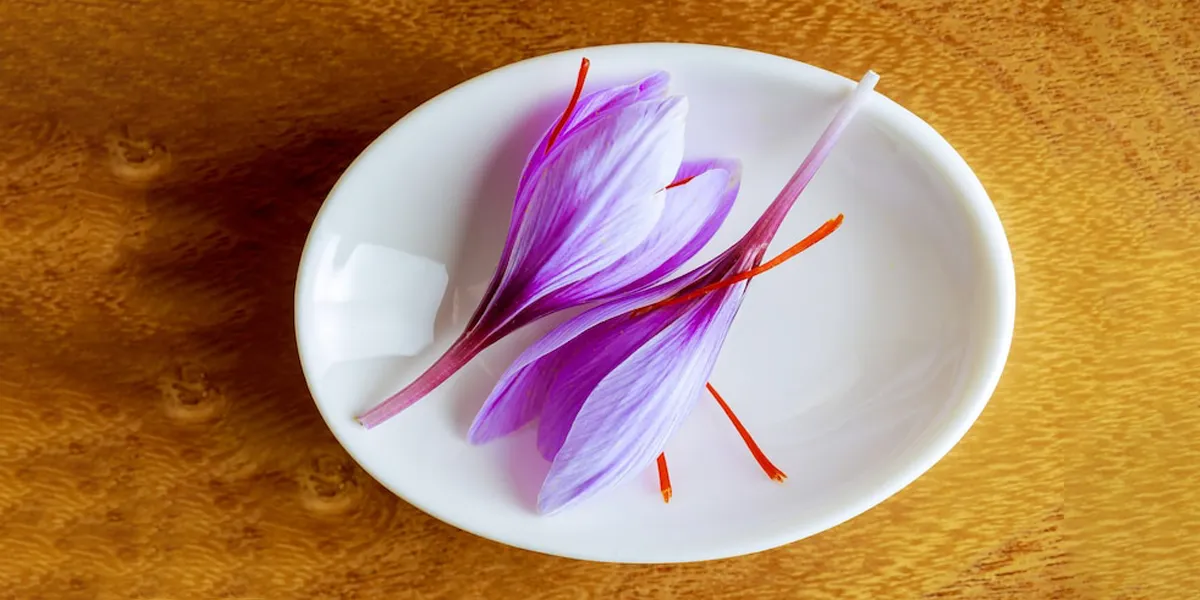
Which Saffron is Better?
This question (which saffron is better, Iranian saffron vs indian saffron) has no straightforward answer. The better standard is usually a mix of case-specific use case, personal subjective preference, and the particular quality evaluation criteria used. Both varieties are among the best in the world and meet the top-quality standards when authentic. There’s no single best saffron in the world that is uniformly superior for all users, but rather distinct use cases and strengths.
For General Versatility & Highest Crocin: Many international chefs, home cooks, and consumers gravitate towards iranian saffron (specifically Iranian Negin or Super Negin) for its consistency in providing exceptionally high coloring strength, balanced flavor, and reliable performance across various cuisines. Plus it is more available and produced under strict ISO quality standards, making it the most popular world saffron brand in international markets.
For Strongest Aroma & Particular Flavors: Kashmiri saffron (specifically mongra grade) is a popular choice for traditional Indian recipes and consumers who prefer its distinctively intense, floral aroma and uniquely earthy-bitter flavor profile. Rarity also adds to its appeal for enthusiasts & connoisseurs when comparing kashmiri saffron vs iranian saffron.
In general, both iranian saffron and kashmiri saffron are premium-grade products when sourced authentically from reputable growers. The main deciding factors should be the particular desired flavor/aroma quality (subtle or stronger), precise intended culinary application, and budget. For the best saffron in world question, it’s more about ensuring reputable sourcing with ISO certification than some inherently superior saffron region or origin.
Conclusion
Iranian Saffron and Indian Saffron (Kashmiri Saffron) Comparison. Both Iranian saffron and Indian saffron (specifically Kashmiri saffron) are among the world’s finest saffron varieties, each with its own characteristics and appeal. Iranian saffron is known for its higher production volume, consistent quality, and strong colouring power, with Negin and Super Negin grades being highly regarded. On the other hand, Kashmiri saffron (Mongra grade) is prized for its distinct, strong flavor and aroma, which some prefer for specific dishes. Both can be considered Category I saffron if they meet the ISO certification criteria for high crocin, picrocrocin, and safranal content, ensuring their quality and authenticity. The Iranian saffron vs indian saffron comparison ultimately boils down to personal preference in flavour and aroma, the intended culinary use, and availability. Regardless of origin, it’s crucial to purchase saffron from reputable sources and verify its authenticity through certifications.


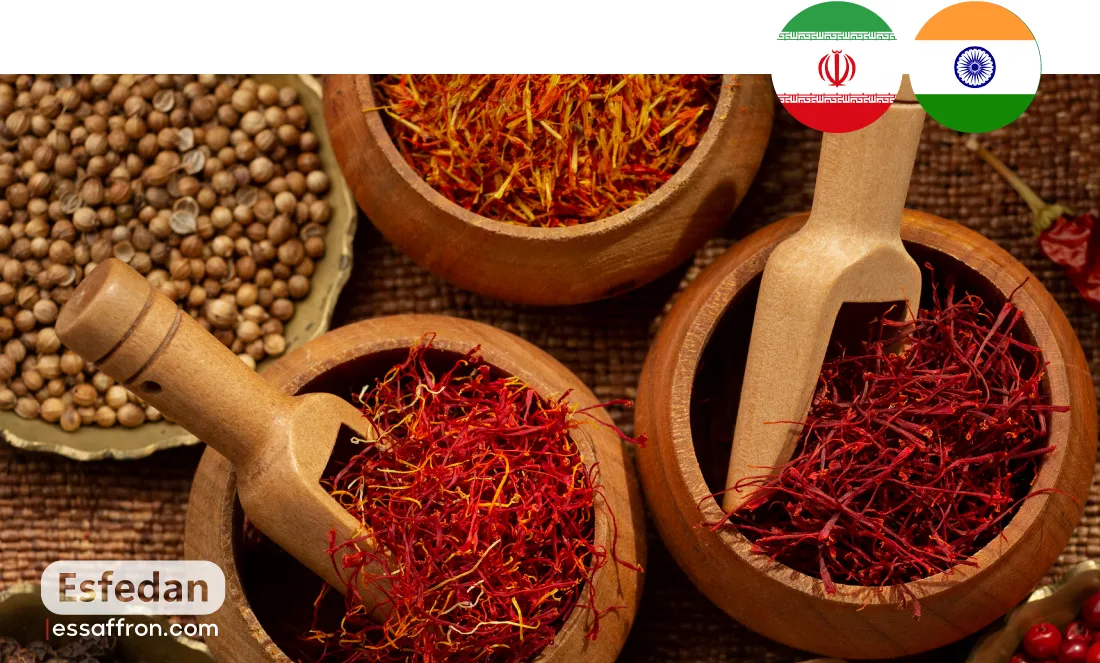


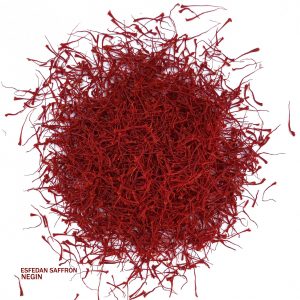
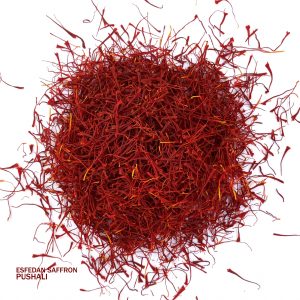
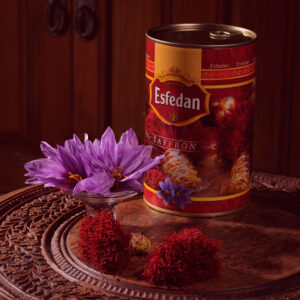
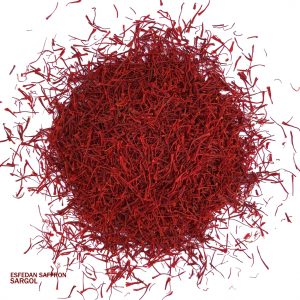
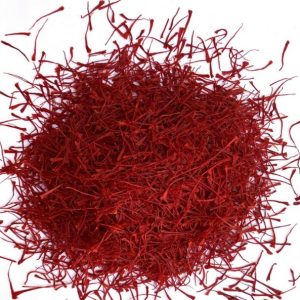
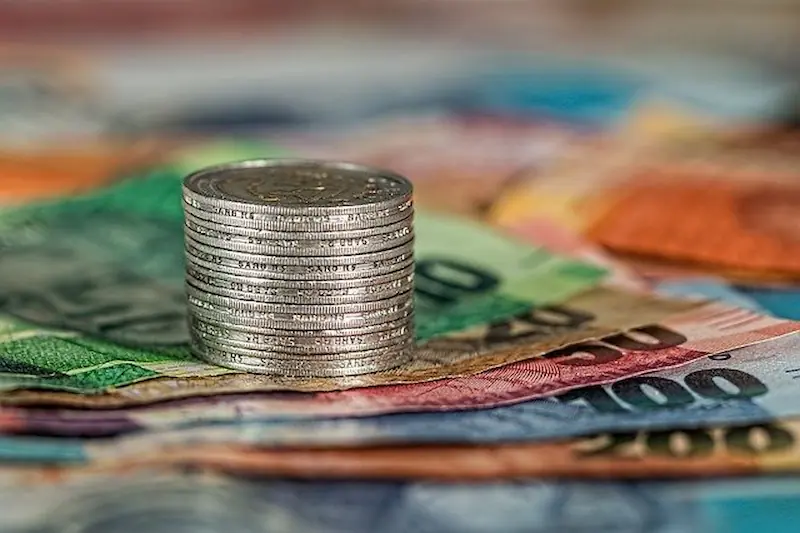
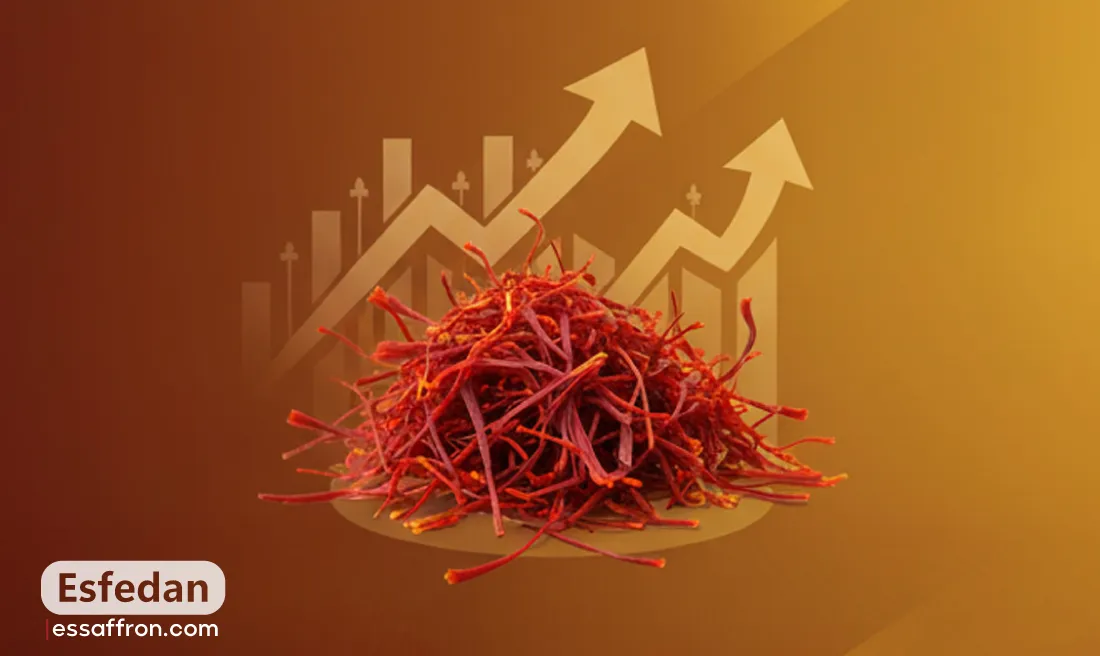
2 Responses
Which is better Kashmiri saffron or Iran saffron? What is your suggestion?
Which saffron is costly?